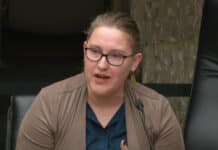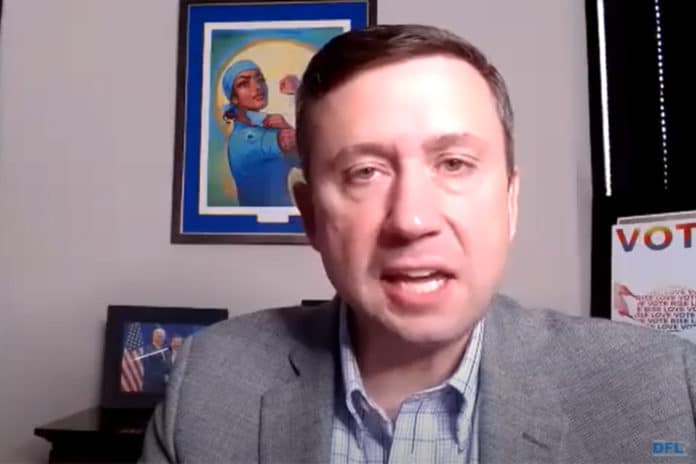(Center of the American Experiment) — Ken Martin, the head of Minnesota’s Democratic-Farmer-Labor (DFL) Party, put out a press release on Good Friday touting their most recent fundraising results. The state’s version of the Democratic Party reports raising $2.3 million in the first quarter.
The press release rips the state Republican Party for their paltry result in the first three months of 2022, an important election year. Martin quotes himself as follows:
“The DFL Party is in the process of hiring a robust, grassroots organizing team that will work to get out the vote across Minnesota. The fact that our party outraised the Minnesota GOP by 50 times is a sign that, once again, we will be organizing circles around the competition this campaign season.”
The implication being that the Democrats’ fundraising reflects both widespread popular support for their policies and evidence of their overall competence and abilities.
Looking under the hood, however, the result is much less than it appears, according to the detailed report filed with the state Campaign Finance Board.

The largest single donation in the first quarter of 2022 was from the Ohio Democratic Party at $560,000. Combined, the DFL caucuses in the state House and Senate contributed another $550,000. Add in the money from the national Democratic Governors’ Association and more than half of the total is accounted for by transfers from other party units.
The largest individual donor last quarter was Alida Messinger at $375,000. Messinger is a Rockefeller heiress and the former wife of former Minnesota Governor and U.S. Senator Mark Dayton.
George Soros of New York City was the second largest individual donor at $250,000. The five largest individual donors combined for a total of $945,000, or more than 40 percent of the total. To recap, 90 percent of the claimed fundraising for the party last quarter is accounted for by five individual donors and other party units.
It’s even worse than it looks. A mere $1,520 was raised from small, individual donors last quarter.
On the same day that the state DFL Party received $560,000 from the Ohio Democratic Party (Feb. 24), the Minnesota DFL transferred $500,000 back to the Ohio state party through the DFL’s federal campaign account, according to the report filed with the Federal Election Commission. In what amounts to legal money laundering, both the Minnesota and Ohio parties can count raising the same $500,000, with Minnesota Democrats apparently keeping $60,000 as a fee for facilitating the transaction.
Likewise, the $550,000 transferred in from the State Legislature caucuses counts twice. Both the state party and the individual caucuses report the same $550,000 as money raised last quarter.
Noted above is a $15,000 donation from Rep. Ilhan Omar’s congressional campaign fund to the state party. The donation is dated Feb. 22.
On Feb. 25, the state party reports spending $20,000 on “research consulting” with the E Street Group of Washington, D.C. This firm employs Rep. Omar’s current husband, Tim Mynett, as one of its principals. On March 31, the state party spent an additional $8,000 with E Street.
In 2021, the state party spent more than $31,000 with E Street.
On Feb. 23, the state party reports transferring the $15,000 Omar donation to the federal account. The party’s federal account then reports spending exactly $15,000 with E Street, on Feb. 25.
After spending huge sums of campaign money on her husband’s firm, Rep. Omar has vowed to not spend money directly with E Street. Indirectly appears to be OK.
Ken Martin took over as head of the state DFL Party in 2011. Before that, Martin served as the executive director of a political nonprofit known as WIN Minnesota. More on that later.












